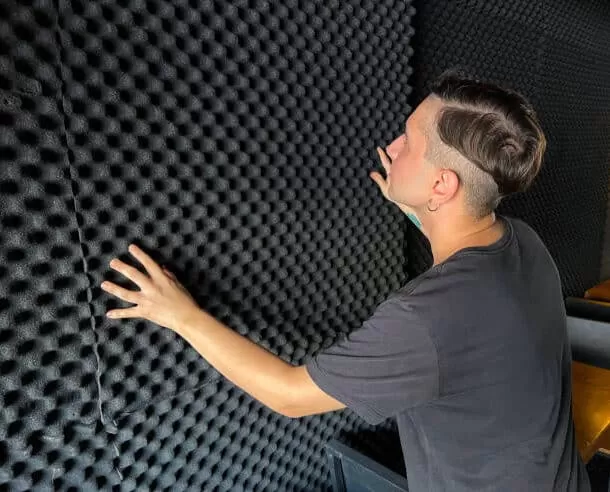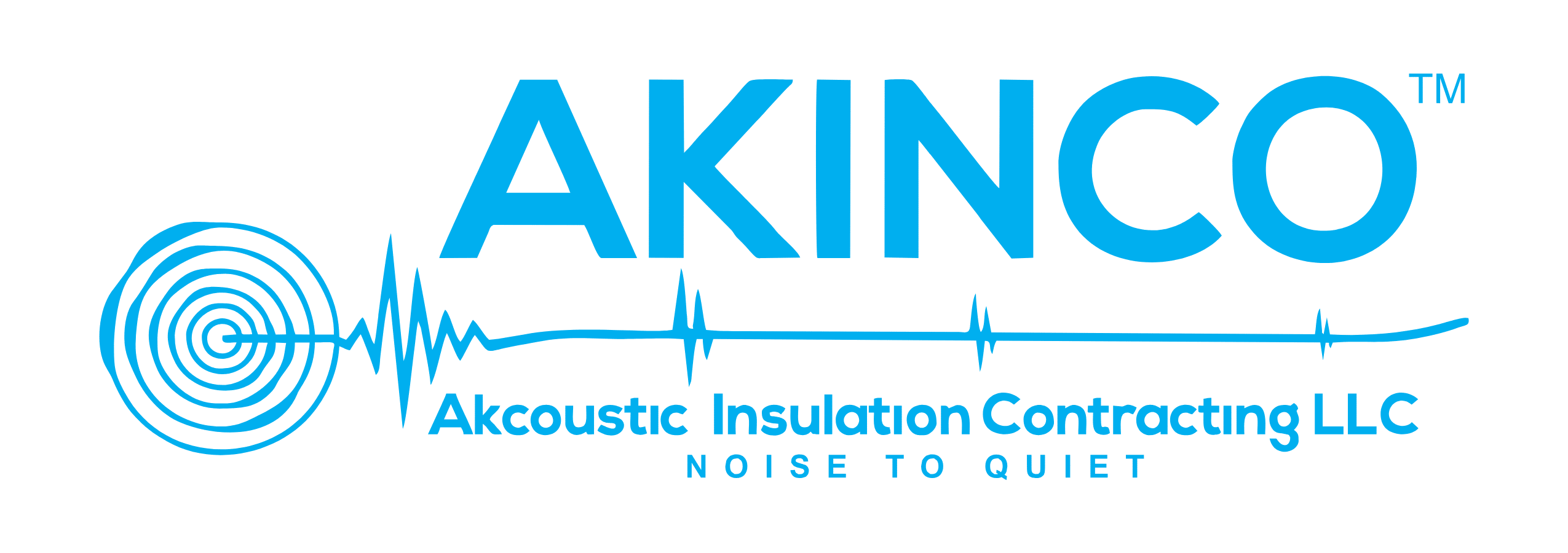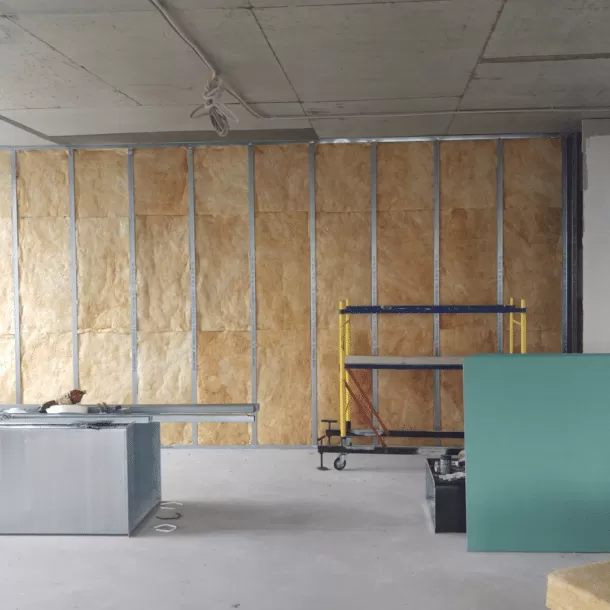
How to Choose the Right Noise Control Product for Your Building
Introduction:
Excessive noise can have a negative impact on productivity, quality of life, and health. To create a calm and cozy
atmosphere, the proper noise control equipment must be chosen for any structure, including residential
communities, commercial buildings, and educational facilities. In this article, we walk you through the process of
picking the right noise-reduction products for your facility. By considering factors including the noise source,
building type, and performance requirements, you may make choices that successfully minimize noise and improve
the acoustic comfort of your location.

Identify the Noise Source:
Understanding the source of noise is crucial when selecting appropriate noise control products. Determine
whether the noise is airborne (e.g., traffic, HVAC systems) or impact-related (e.g., footsteps, machinery vibrations).
Airborne noise requires solutions that minimize sound transmission through walls, floors, and ceilings, such as
soundproof insulation or acoustic barriers. Impact noise, on the other hand, requires solutions that absorb or
dampen vibrations, such as resilient underlayments or floating floors. Identifying the primary noise source will help
narrow down the product options suitable for addressing the specific issue.
Assess Performance Requirements:
Every building has unique acoustic requirements based on its purpose and occupants’ needs. Consider the desired level of noise reduction or sound insulation required for each area within the building. For example, conference rooms may require higher levels of soundproofing compared to common areas or offices. Look for noise control products with appropriate Sound Transmission Class (STC) or Impact Insulation Class (IIC) ratings that meet your specific performance requirements. These ratings indicate the product’s effectiveness in reducing airborne or impact noise and provide a basis for comparison when evaluating different options.
Consider Building Design and Space Constraints:
Evaluate the building’s design and space constraints to determine the most suitable noise control products.
Consider factors such as available wall thickness, ceiling height, and floor construction. Some noise control
solutions may require modifications to the existing structure, while others can be installed more discreetly. For
example, if space is limited, you may opt for thin-profile acoustic panels that can be mounted on walls or
suspended from ceilings. It is important to choose products that not only offer effective noise control but also
seamlessly integrate with the overall design aesthetic of the building.
Research and Compare Products:
Thoroughly research and compare different noise control products available in the market. Consider their features, performance characteristics, and installation requirements. Look for reputable manufacturers or suppliers known for their expertise in noise control solutions. Read product reviews, seek recommendations from industry
professionals, and request samples or demonstrations when possible. Consider the long-term durability and
maintenance requirements of the products to ensure they can withstand the demands of your building
environment.
Seek Professional Guidance:
When in doubt, consult with acoustic consultants or professionals who specialize in noise control. These experts
can assess your building’s specific needs, conduct detailed noise assessments, and recommend the most suitable
products and solutions. Their expertise can help you navigate complex requirements, building codes, and
regulations related to noise control. Engaging with professionals early in the process can save you time, money,
and potential headaches down the line.
Conclusion:
Choosing the right noise control products for your building is crucial to create a comfortable and peaceful
environment. By identifying the noise source, assessing performance requirements, considering building design,
conducting thorough research, and seeking professional guidance, you can make informed decisions and select the
most effective noise control solutions that meet your specific needs.



